I’ve been covering the slow descent of Air Miles into the madness of obscurity for more than a year now, and for full disclosure, I’ve actually quite enjoyed it. It’s been one heck of a ride, and in no way has it been boring due to the uniformly baffling decisions made by executives in an attempt to keep the program afloat.
The efforts, if they can be called that, have been met with almost nothing but failure, which has now culminated in a dramatic crescendo that’s rarely been seen in the Canadian loyalty space before.
Let’s dig into what happened, and where Canadians can expect Air Miles to fly from here.
A Ubiquitous Loyalty Program
It wasn’t too long ago that shopping at just about any store in Canada would inevitably result in the clerk asking you if you had an Air Miles card. Many people, my own family members included, had three or four active Air Miles collector cards at any one point in time because they’d forget to bring them between shops.
Moreover, Air Miles used to provide value on both the earning and redeeming fronts.
The first value proposition was that the program’s partners were popular retailers that regular Canadians shopped at every day, such as Lowe’s, the LCBO, Shell, and even supermarket chains like Sobeys and its affiliated brands. This made accumulation easy, predictable, and routine.
Air Miles’s second main value to Canadians was when it came time to redeem. Even though redemptions were split between the somewhat confusing system of Cash and Dream Miles, the products offered by either branch of the Air Miles tree were basically desirable.
After all, who wouldn’t want $10 vouchers that could be used at common merchants?
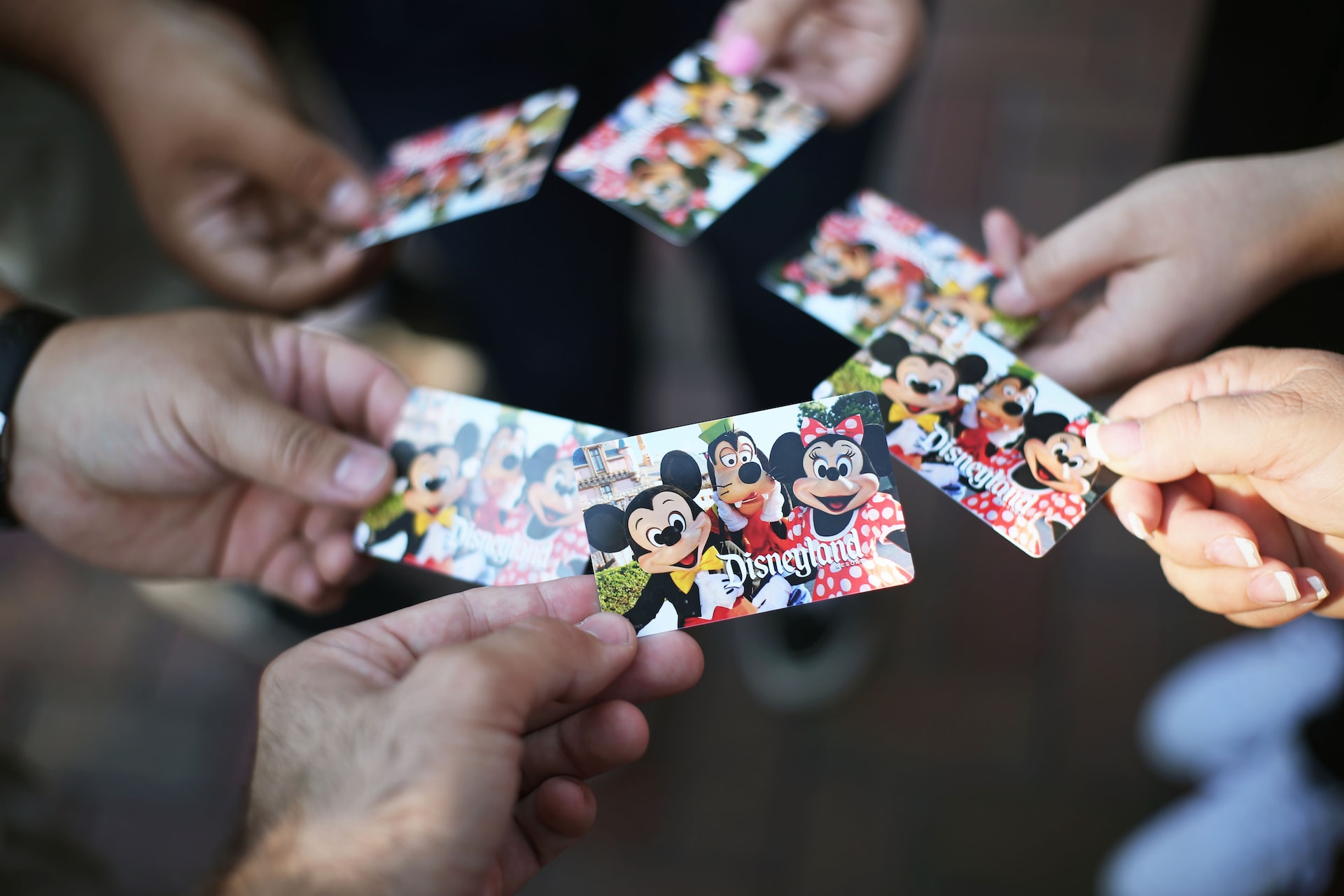
Another traditional use of Dream Miles, especially for families like mine, was to obtain free Disney resort and theme park passes. As the cost seems to be rising every year, and since the parks are a source of constant demand from young children and the young-at-heart alike, saving money on a family vacation provided real-world value.
While the Air Miles program did lose some partners over time, and hasn’t been as prestigious as it was during its zenith a decade or longer ago, it still remained central in the hearts of many Canadians.
In fact, I remember getting into the Miles & Points game for the first time, and almost every person I knew asked me how “Air Miles” worked, even if they were referring to another program altogether – the term Air Miles itself was synonymous with loyalty.
It’s therefore a shame that as with many great empires, Air Miles eventually succumbed to its own hubris.
The Decline and Fall of Air Miles
Despite having universal name-brand recognition, as well as an enormous network of partner retailers, Air Miles has been showing its antiquity and inflexibility for quite some time.
I remember that even when I started reading Prince of Travel years ago, the Air Miles program was barely mentioned due to the superior redemptions one could find in rival points programs such as Aeroplan and Marriott Bonvoy.
Multiple Devaluations
I think these issues arose from complacency going back about a decade ago, when in the early- to mid-2010s, the Air Miles program went through a series of devaluations.
First, it became harder and less valuable to redeem Air Miles for travel redemptions. This seemed a bit counterintuitive for a program whose logo is a plane and whose name evokes aviation distance measurements.
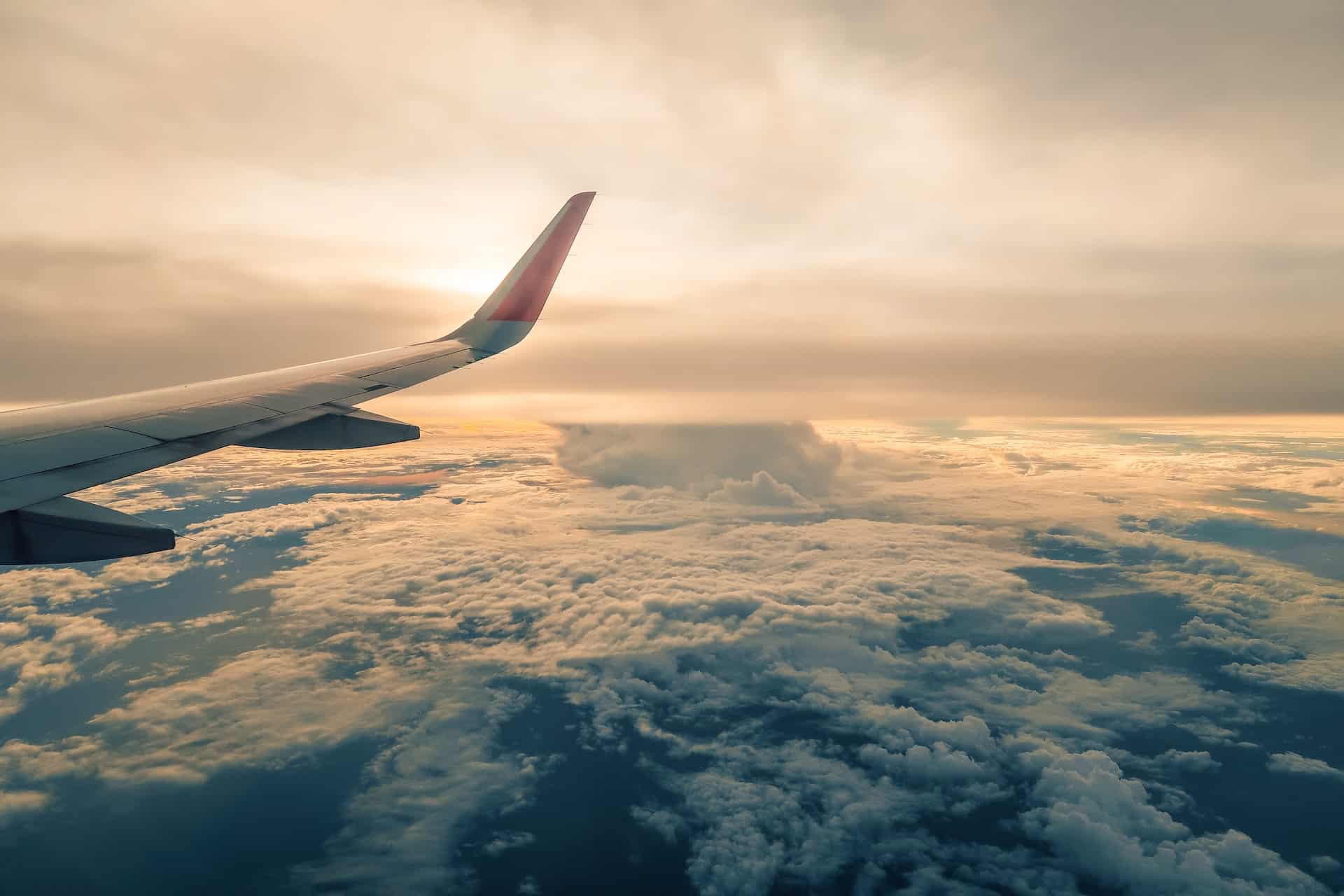
Second, in 2016 Loyalty Inc., Air Miles’s parent company, torched much of its goodwill with consumers by initially announcing, and later reversing, a mass expiration plan for miles. This was much reviled amongst both the press and general public, and made headlines nationwide.
Though the company wound up reversing course on this draconian expiry policy, it didn’t stop them from going on to devalue miles by about 20%. When this happened, travel redemptions were hit harder than merchandise or gift cards because of the higher numbers of miles required to make bookings.
Air Miles was then further split into Dream Miles and Cash Miles. This move was good for many gift card maximizers who realized that that program’s travel utility had long since flown away, but was confusing and strange for many ordinary Canadians who didn’t necessarily understand the nuances of the system.
Moreover, new Air Miles accounts were set to automatically split earnings 50/50 between Cash and Dream Miles – effectively doubling the time to redeem miles for any newcomer who didn’t have the wherewithal to update their earning settings.
It All Comes Crashing Down
All of these weaknesses came to a head in 2021–2022. Buoyed by the euphoria of cheap credit and an enormous stock bubble as a result of COVID-19 and quantitative easing policies, Loyalty Ventures Inc. decided to go public at the pinnacle of the hype.
The result was an enormous infusion of cash in the form of public capital, but there were absolutely no new ideas to speak of to improve the Air Miles program or anything else under the company’s purview, for that matter.
Instead, the stock price of LYLT completely cratered during its brief time on the NASDAQ. Partner after partner abandoned the sinking ship in Summer 2022 when some of Air Miles’s largest partners, including Sobeys and its connected companies, bid farewell and moved to Scene+ instead.
At this junction, decisive action was needed to right the failing gait of the once-mighty Air Miles giant. One solution that its executives came up with was starting partnerships with obscure and expensive niche retail delivery partners.
This was followed by a final “Hail Mary” play in late 2022 to keep the flailing loyalty program as being perceived as “down with the youth” by grafting its shambling carcass onto the concept of the metaverse.
To add to the irony of the metaverse play was the fact that it was announced right on the heels of the collapse of the cryptocurrency exchange FTX and the arrest of its CEO. Who had Air Miles decided to partner with for their virtual pivot? Why, equally esoteric cryptocurrency exchanges with nebulous transparency, of course.
By this point in time, the turbines had finally come off the Air Miles jet engine. In early March 2023, the highest-positioned executives decided to pay themselves healthy cash bonuses with the reserves of whatever funds remained in their accounts, and then filed for Chapter 11 bankruptcy shortly thereafter.

BMO to the Rescue?
But of course, the drama wasn’t over yet. The Bank of Montreal, which has stood by Air Miles through thick and thin, and even helped it come up with timely (albeit unoriginal) incentives to stay alive, indicated their willingness to purchase the program from Loyalty Ventures.
By this point, Loyalty Ventures had assets amounting to about $10 million (USD) against liabilities of $100 million (USD), which is a leverage ratio to make anyone who makes risky Wall Street bets proud. Furthermore, it had been delisted by the NASDAQ, and they were only too happy to accede to the deal.
Fortunately for customers, your Air Miles appear to be safe (for now), and I’ve heard that many people who began dumping their points in a panic have successfully received their rewards. While a “points run” may have been possible, the BMO deal seems to have guaranteed that collectors will receive the rewards gained by their hard-earned Air Miles.
Can the Air Miles Loyalty Empire Be Restored?
Empires as formidable as Rome and as modern as computer chips have suffered from enormous reversals and bad decisions, only to bounce back after the appointment of appropriate and motivated talent. Justinian had his Belisarius, and AMD had its Lisa Su, after all.
Air Miles retains strong brand recognition and icon status within Canada, and at least for now, its name remains interchangeable with loyalty. With this in mind, there’s certainly capacity to resuscitate the program.
To be frank, though, the Bank of Montreal is probably not up to the job. The reason for this is that loyalty is a holistic service: good products, such as credit cards, need to be integrated with decent rewards. Even more important is that loyalty in Canada is now competitive.
Programs such as Aeroplan and American Express Membership Rewards, and to a lesser extent Scene+ and RBC Avion, are the apex predators of the Canadian loyalty space, and provide wildly outsized value based on what the average consumer can expect to input into them.
Aeroplan and Amex MR are of course best for flights, Scene+’s flexibility and ease of daily earning makes it very attractive, and RBC Avion is a useful backup transferable currency.
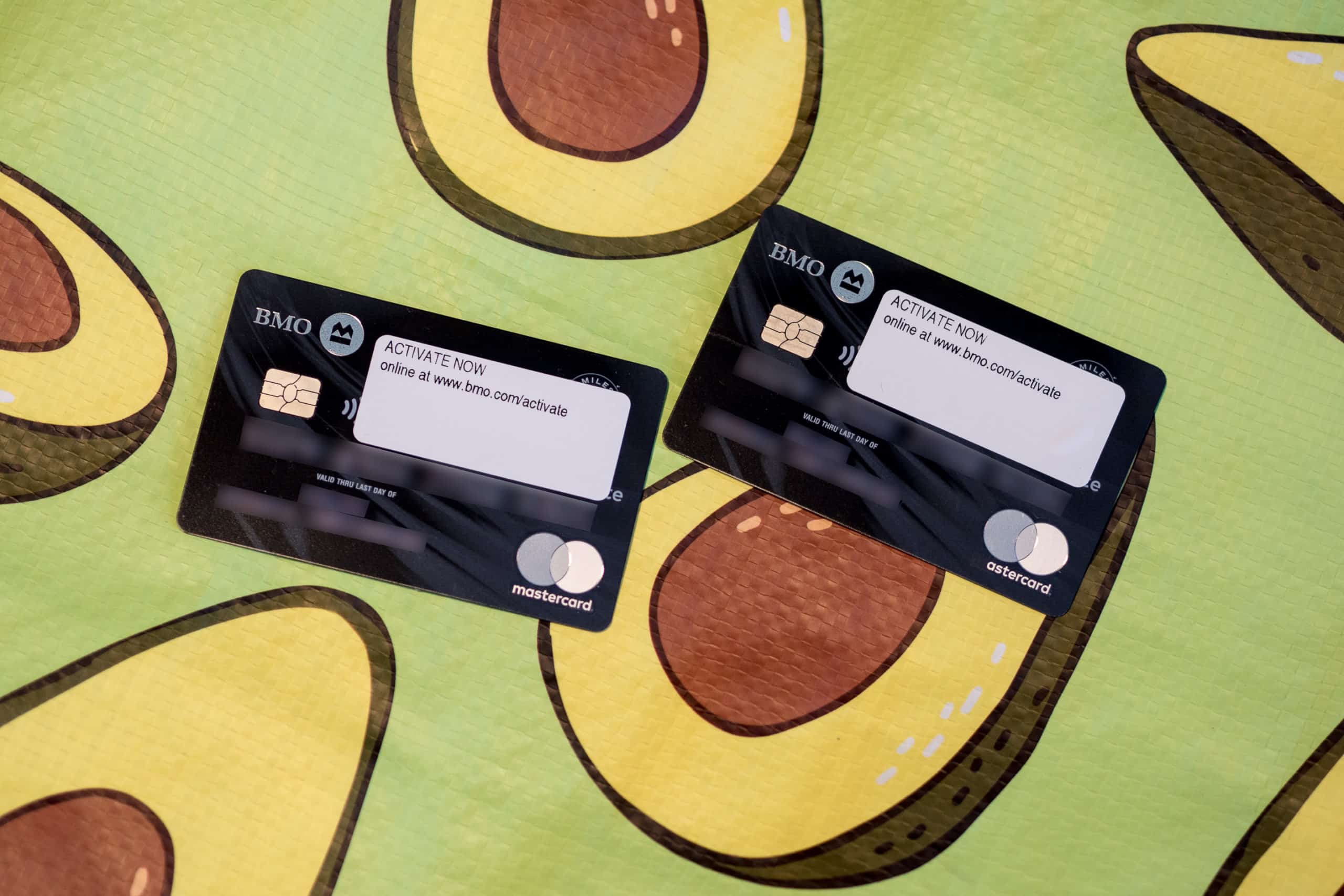
On the other hand, Air Miles doesn’t really have a great value proposition at all, especially since its Dream and Cash redemption schemes are hard to conceptualize for the average consumer.
Moreover, BMO has an awful history of devaluations. For example, the bank launched its signature BMO eclipse Visa Infinite Card and BMO eclipse Visa Infinite Privilege Card to much fanfare, and heavily advertised 5x earning on groceries and dining, only to slash the redemption value of BMO Rewards a few months later!
To the outsider, this indicates that there is some sort of internal breakdown in communications between BMO’s various departments, and the result has been worse products for consumers.
Why should customers sign up for Air Miles co-branded credit cards, or use Air Miles partners at all, when other banks offer easy access to superior third-party loyalty programs such as Aeroplan, Amex MR, Scene+, and RBC Avion, which don’t need overhauls to give customers great value right this second?
Obviously, we’ll be watching the Air Miles saga unfold closely, and I hope that I’m ultimately wrong.
However, seeing one of the weakest loyalty programs be purchased by a bank that has consistently failed to display innovation, along with a new partnership with an ultra low-cost carrier that has few planes and unironically served Boxer Lager at its outset (Jetlines now offers Budweiser products and its own set of co-branded coolers), does little to make me reassess my opinion at this point.
Conclusion
The decline and fall of the Air Miles empire was caused by the people who managed it. While there were a variety of factors which caused the program to go into insolvency and to need a bailout from the Bank of Montreal, the most basic reason for the collapse is that the program stopped providing much value to anyone.
Loyalty programs only work when they don’t take their customers for granted, and when rewards are actually beneficial to those working to gain them. Air Miles decided to ignore both of these basic facets, and the balance sheet of its parent company, as well as the behaviour of its executives in its dying days, have provided a searing condemnation for just how poorly the entire plane was being flown.
While one can hope that BMO will revamp the program and take it to new heights, Air Miles will need to labour forcefully to win back the loyalty of Canadians.













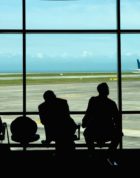
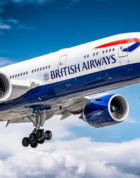

Your timeline and depiction of events leading to today’s sad state is inaccurate.